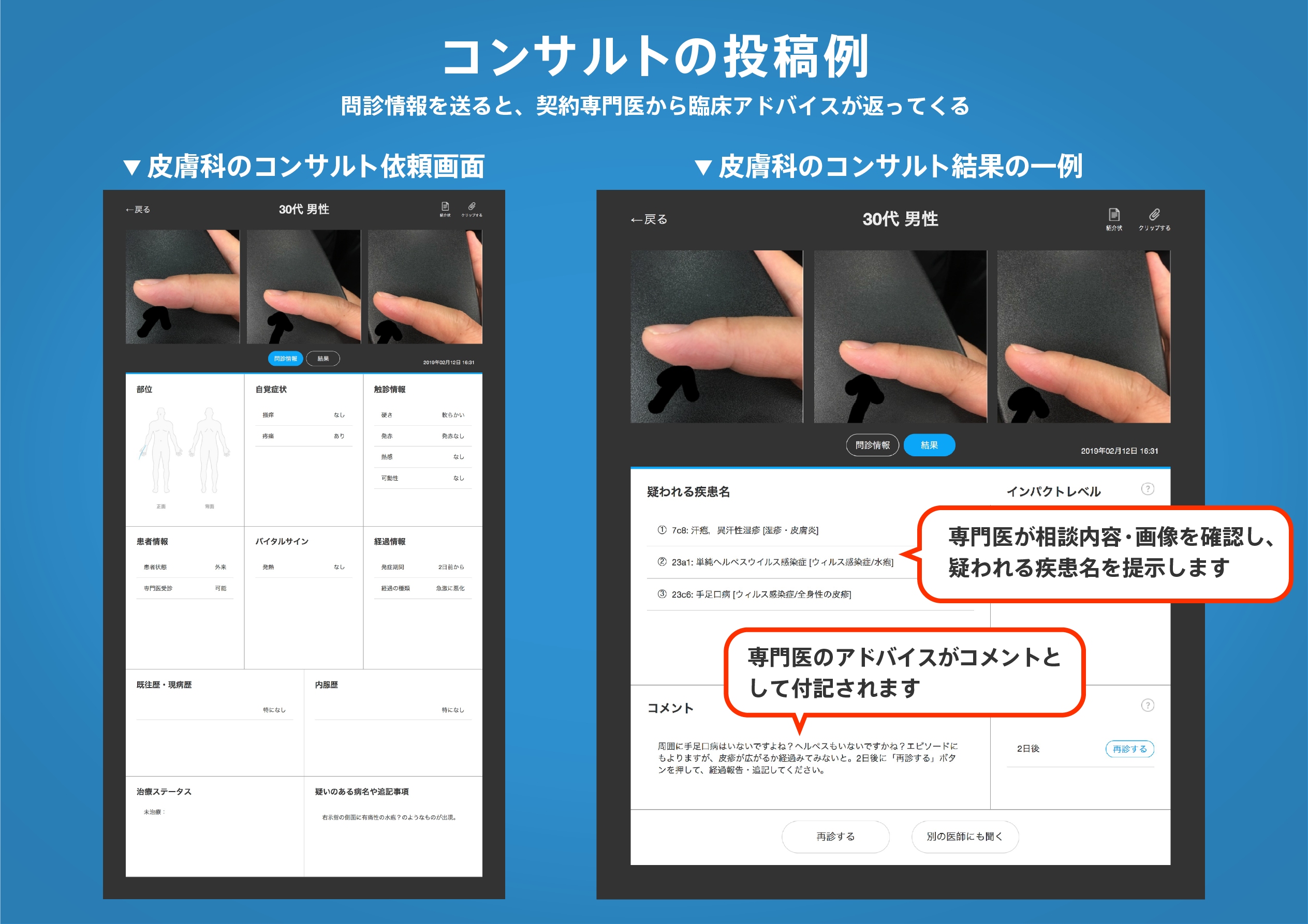著名医師による解説が無料で読めます
すると翻訳の精度が向上します
人間の脳の複雑な形態は、多数の内因性および外因性の物理的相互作用によって空間的に制約されています。空間的制約は、形態学的変動の原因を特定するのに役立ち、解剖学的ネットワーク分析を採用することで調査できます。ここでは、出生時の頭蓋骨の骨要素と以前に設計された脳のモデルに基づいて、人間の頭蓋骨トポロジのモデルが提示されています。目標は、頭蓋脳幾何学的バランスの基本的なトポロジーコンポーネントを調査し、空間配置の基礎となる表現型パターンを特定し、これらのパターンが人間の脳の形態の進化にどのように影響したかを理解することでした。頭蓋脳網のネットワークモデルの分析により、体の体の構造とより少ない翼、毛嚢胞柱帯、および垂直骨と倫理骨の組み合わせが、形態学的制約を制限または導く可能性のある主要な空間的制約を維持および適用する可能性があることが明らかになりました。進化。この結果はまた、形成術の観点からの形態学的変動の基本的な側面である、頭蓋脳系全体の生体力学的力の高レベルのグローバルな統合と効率的な拡散を示しています。最後に、頭蓋脳系のコミュニティの検出は、縦方向および垂直モジュラーパーティションの同意を強調しています。前者は、3つの内分泌窩の明確な形態形成環境を反映しており、後者は基本ラニウムとカルバリアの形態環境に対応しています。
人間の脳の複雑な形態は、多数の内因性および外因性の物理的相互作用によって空間的に制約されています。空間的制約は、形態学的変動の原因を特定するのに役立ち、解剖学的ネットワーク分析を採用することで調査できます。ここでは、出生時の頭蓋骨の骨要素と以前に設計された脳のモデルに基づいて、人間の頭蓋骨トポロジのモデルが提示されています。目標は、頭蓋脳幾何学的バランスの基本的なトポロジーコンポーネントを調査し、空間配置の基礎となる表現型パターンを特定し、これらのパターンが人間の脳の形態の進化にどのように影響したかを理解することでした。頭蓋脳網のネットワークモデルの分析により、体の体の構造とより少ない翼、毛嚢胞柱帯、および垂直骨と倫理骨の組み合わせが、形態学的制約を制限または導く可能性のある主要な空間的制約を維持および適用する可能性があることが明らかになりました。進化。この結果はまた、形成術の観点からの形態学的変動の基本的な側面である、頭蓋脳系全体の生体力学的力の高レベルのグローバルな統合と効率的な拡散を示しています。最後に、頭蓋脳系のコミュニティの検出は、縦方向および垂直モジュラーパーティションの同意を強調しています。前者は、3つの内分泌窩の明確な形態形成環境を反映しており、後者は基本ラニウムとカルバリアの形態環境に対応しています。
The human brain's complex morphology is spatially constrained by numerous intrinsic and extrinsic physical interactions. Spatial constraints help to identify the source of morphological variability and can be investigated by employing anatomical network analysis. Here, a model of human craniocerebral topology is presented, based on the bony elements of the skull at birth and a previously designed model of the brain. The goal was to investigate the topological components fundamental to the craniocerebral geometric balance, to identify underlying phenotypic patterns of spatial arrangement, and to understand how these patterns might have influenced the evolution of human brain morphology. Analysis of the craniocerebral network model revealed that the combined structure of the body and lesser wings of the sphenoid bone, the parahippocampal gyrus, and the parietal and ethmoid bones are susceptible to sustain and apply major spatial constraints that are likely to limit or channel their morphological evolution. The results also showcase a high level of global integration and efficient diffusion of biomechanical forces across the craniocerebral system, a fundamental aspect of morphological variability in terms of plasticity. Finally, community detection in the craniocerebral system highlights the concurrence of a longitudinal and a vertical modular partition. The former reflects the distinct morphogenetic environments of the three endocranial fossae, while the latter corresponds to those of the basicranium and calvaria.
医師のための臨床サポートサービス
ヒポクラ x マイナビのご紹介
無料会員登録していただくと、さらに便利で効率的な検索が可能になります。






